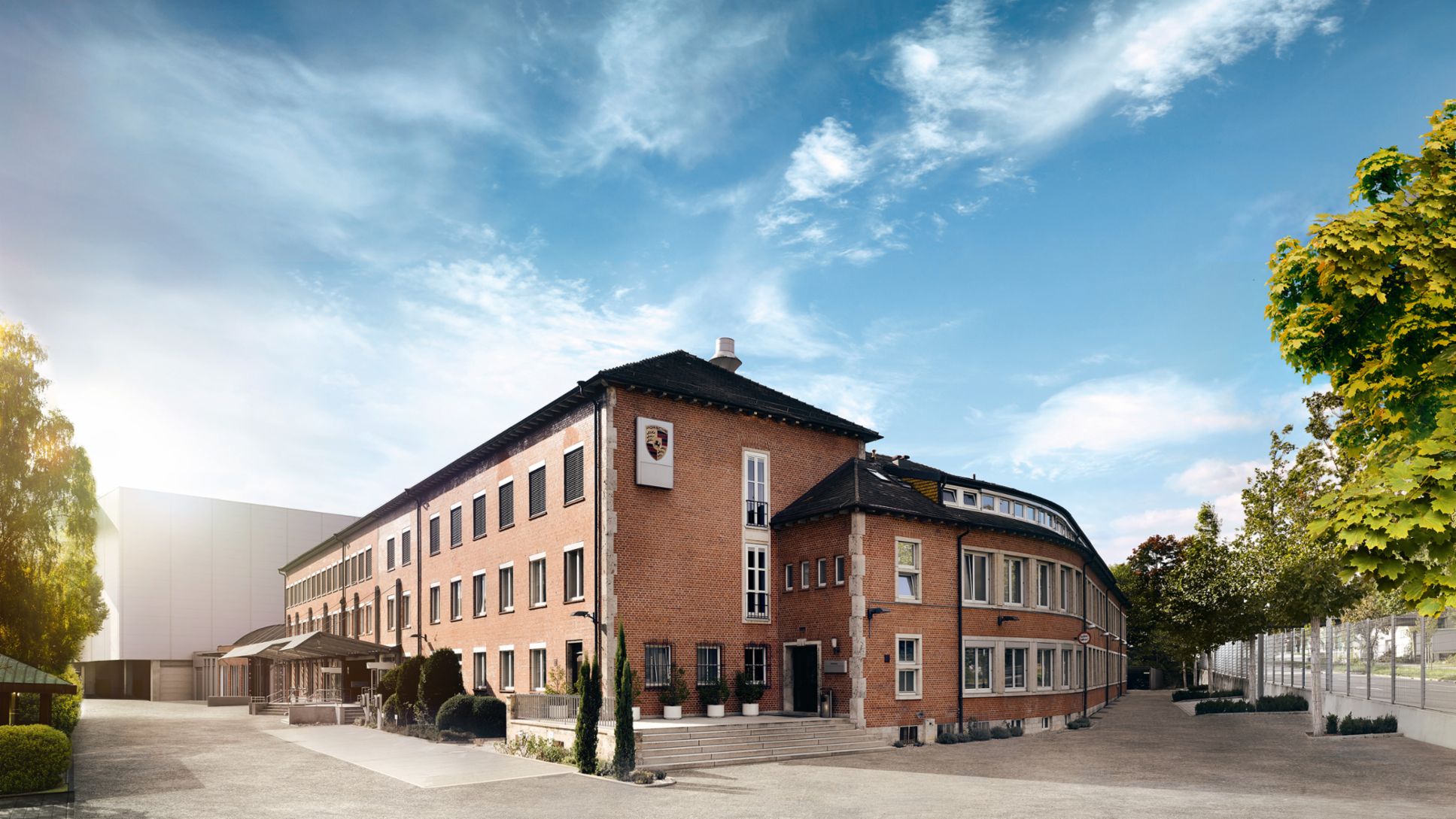Understanding The Hells Angels

Table of Contents
History and Origins of the Hells Angels
The Hells Angels Motorcycle Club traces its origins back to 1948, in San Bernardino, California. Founded by a group of World War II veterans, the initial motivations were camaraderie, a shared love of motorcycles, and a rebellion against societal norms. However, the club's evolution has been far from straightforward. The early years saw periods of rapid growth and expansion, marked by increasing involvement in criminal activities and violent clashes with rival motorcycle clubs. This led to a gradual transformation from a social club to a powerful, internationally recognized criminal organization.
- Founding members and initial motivations: The initial group consisted primarily of veterans seeking brotherhood and a sense of belonging, but their rebellious spirit soon led them down a different path.
- Key events shaping the club's early years: Territorial disputes and violent conflicts with rival gangs played a significant role in shaping the club's identity and culture of violence.
- Expansion across the United States and internationally: The HAMC has established chapters across the United States and in numerous other countries, demonstrating its organizational prowess and global reach. This expansion further solidified their reputation as a major player in the criminal underworld.
- Shifting public perception and media portrayal: From initially being viewed as rebellious bikers, the Hells Angels have increasingly been portrayed as a dangerous criminal enterprise in media, contributing to their infamy.
Structure and Organization of the Hells Angels MC
The Hells Angels MC operates with a strict hierarchical structure. The club is organized into chapters, each with its own president, vice-president, sergeant-at-arms, and other officers. These chapters report to a national or international leadership structure, depending on the geographic region. The "mother chapter" retains considerable influence. The roles and responsibilities are clearly defined, ensuring a smooth functioning criminal enterprise. The importance of "patches," or insignia, cannot be overstated. These symbols of membership denote rank and status within the club and serve as a powerful visual representation of their identity and affiliation.
- Chapter organization and autonomy: Each chapter maintains a degree of autonomy while adhering to the overall club's rules and directives.
- Communication and decision-making processes: Internal communication channels are tightly controlled and secretive, maintaining the organizational integrity and operational security.
- Membership requirements and initiation rituals: Becoming a full-fledged member is a rigorous process, involving a period of probation and initiation rituals that demonstrate loyalty and commitment.
- Significance of colors, patches, and club paraphernalia: Patches and other insignia are more than just symbols; they represent power, status, and shared identity among members.
Activities and Criminal Enterprises
The Hells Angels are extensively involved in various criminal activities, generating substantial revenue. Drug trafficking, particularly methamphetamine and cocaine, forms a core part of their operations. They are also involved in weapons trafficking, extortion, money laundering, and other forms of organized crime. Their use of violence and intimidation tactics enables them to maintain control over their territories and enforce their rules. Law enforcement agencies face significant challenges in investigating and prosecuting their activities due to their secretive nature, elaborate security measures, and the threat of retaliation.
- Drug trafficking operations: The club's extensive network facilitates the distribution of illegal drugs across multiple jurisdictions.
- Involvement in organized crime syndicates: The Hells Angels often collaborate with other criminal organizations, expanding their reach and influence.
- Use of violence and intimidation tactics: Violence is used to enforce control, eliminate rivals, and intimidate witnesses.
- Money laundering and financial schemes: Sophisticated methods are employed to conceal the origins of their illegally obtained funds.
- Law enforcement strategies to combat HAMC activities: Law enforcement uses a variety of techniques, including undercover operations, wiretaps, and financial investigations, to target the club's activities.
The Hells Angels and the Law
The Hells Angels have been involved in numerous legal battles and court cases worldwide. The RICO Act (Racketeer Influenced and Corrupt Organizations Act) has been a key tool used by law enforcement to prosecute members for their criminal activities. However, securing convictions against the HAMC remains challenging, primarily due to the difficulties in gathering sufficient evidence and ensuring witness protection. The legal definitions of being an outlaw motorcycle gang member and the associated implications are complex and often debated in court.
- Notable legal cases and verdicts: Several high-profile cases have resulted in convictions for various crimes, but many challenges remain.
- RICO Act and its application to HAMC: The RICO Act is frequently used to target the club’s organizational structure and criminal activities.
- Challenges in gathering evidence and securing convictions: The clandestine nature of their operations and the threat of violence make it difficult to obtain evidence and testimony.
- Legal strategies for dismantling HAMC operations: Law enforcement employs various strategies, from targeting individual members to seizing assets and disrupting their operations.
Public Perception and Media Portrayal
The Hells Angels have been portrayed extensively in popular culture, influencing public perception. Movies, books, and documentaries have both glamorized and demonized the club, leading to a range of public opinions. Responsible journalism is crucial in providing an accurate and balanced representation, avoiding both sensationalism and unwarranted sympathy. Ethical considerations are paramount when covering such a controversial topic, balancing the public’s right to know with the potential for harm to individuals and law enforcement efforts.
- Examples of media portrayals (positive and negative): Some portrayals romanticize the biker lifestyle, while others highlight their criminal activities.
- Influence of media on public opinion and stereotypes: Media coverage significantly impacts public perception, often reinforcing negative stereotypes.
- Responsible journalism and ethical considerations: Accurate and unbiased reporting is crucial to ensure public understanding without jeopardizing investigations or individuals' safety.
Conclusion
Understanding the Hells Angels requires a nuanced perspective. While their reputation is undeniably notorious, a comprehensive understanding necessitates looking beyond the sensationalized headlines. This article has provided an overview of the Hells Angels Motorcycle Club, exploring their history, structure, activities, legal battles, and public image. Further research into specific aspects of their operations can lead to a more detailed understanding of this complex and controversial organization. Continue learning about the Hells Angels to form your own informed opinion on this powerful and enigmatic group.

Featured Posts
-
 Mengungkap Sejarah Porsche 356 Dari Pabrik Zuffenhausen
May 25, 2025
Mengungkap Sejarah Porsche 356 Dari Pabrik Zuffenhausen
May 25, 2025 -
 Rio Tintos Plan To Counter Negative Pilbara Perceptions
May 25, 2025
Rio Tintos Plan To Counter Negative Pilbara Perceptions
May 25, 2025 -
 Amsterdam Stock Market Opens Down 7 On Intensifying Trade War Concerns
May 25, 2025
Amsterdam Stock Market Opens Down 7 On Intensifying Trade War Concerns
May 25, 2025 -
 Novo Ferrari 296 Speciale 880 Cv De Potencia Hibrida
May 25, 2025
Novo Ferrari 296 Speciale 880 Cv De Potencia Hibrida
May 25, 2025 -
 To Mellon Toy Verstappen I Mercedes Pairnei Thesi
May 25, 2025
To Mellon Toy Verstappen I Mercedes Pairnei Thesi
May 25, 2025
